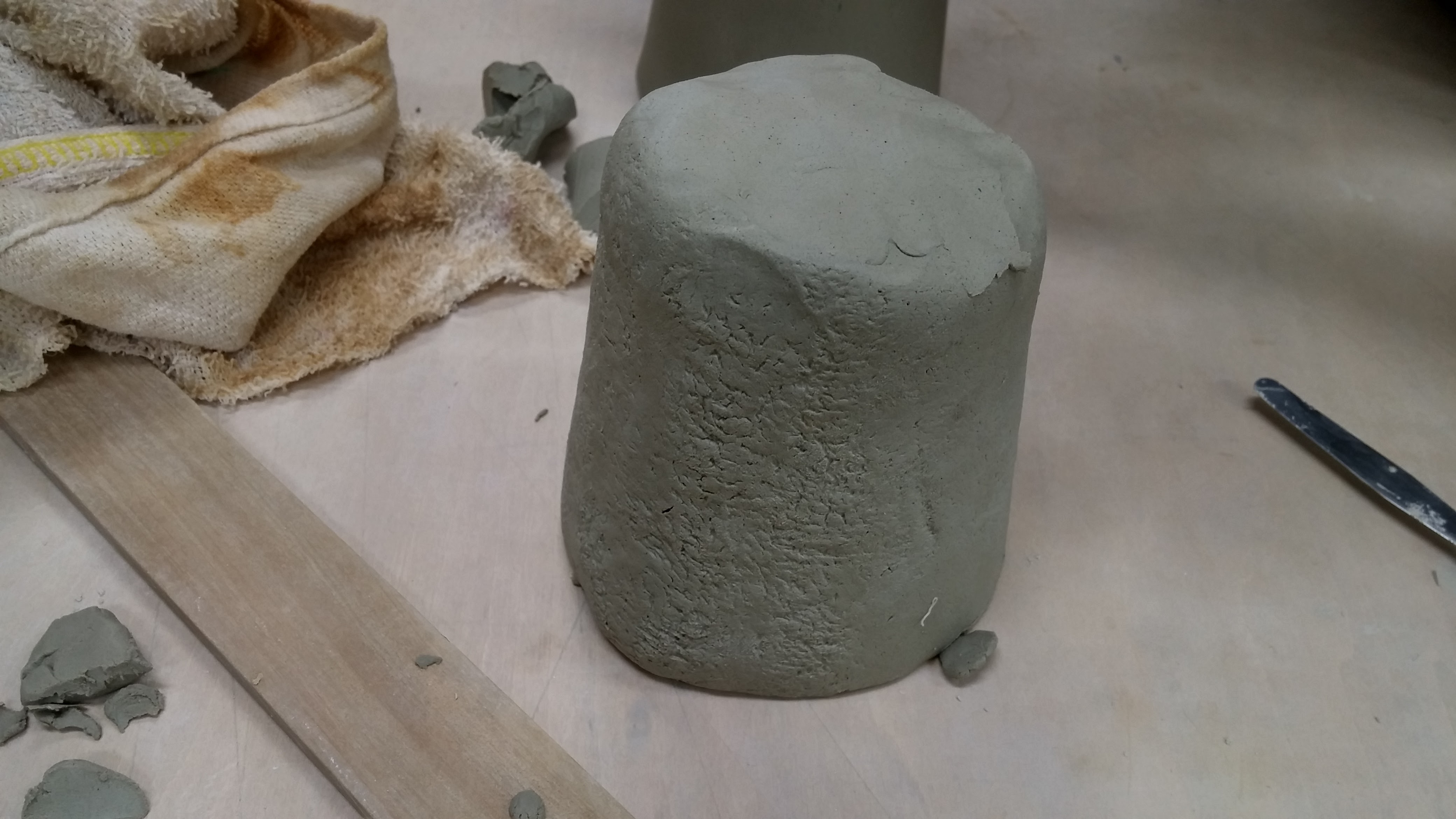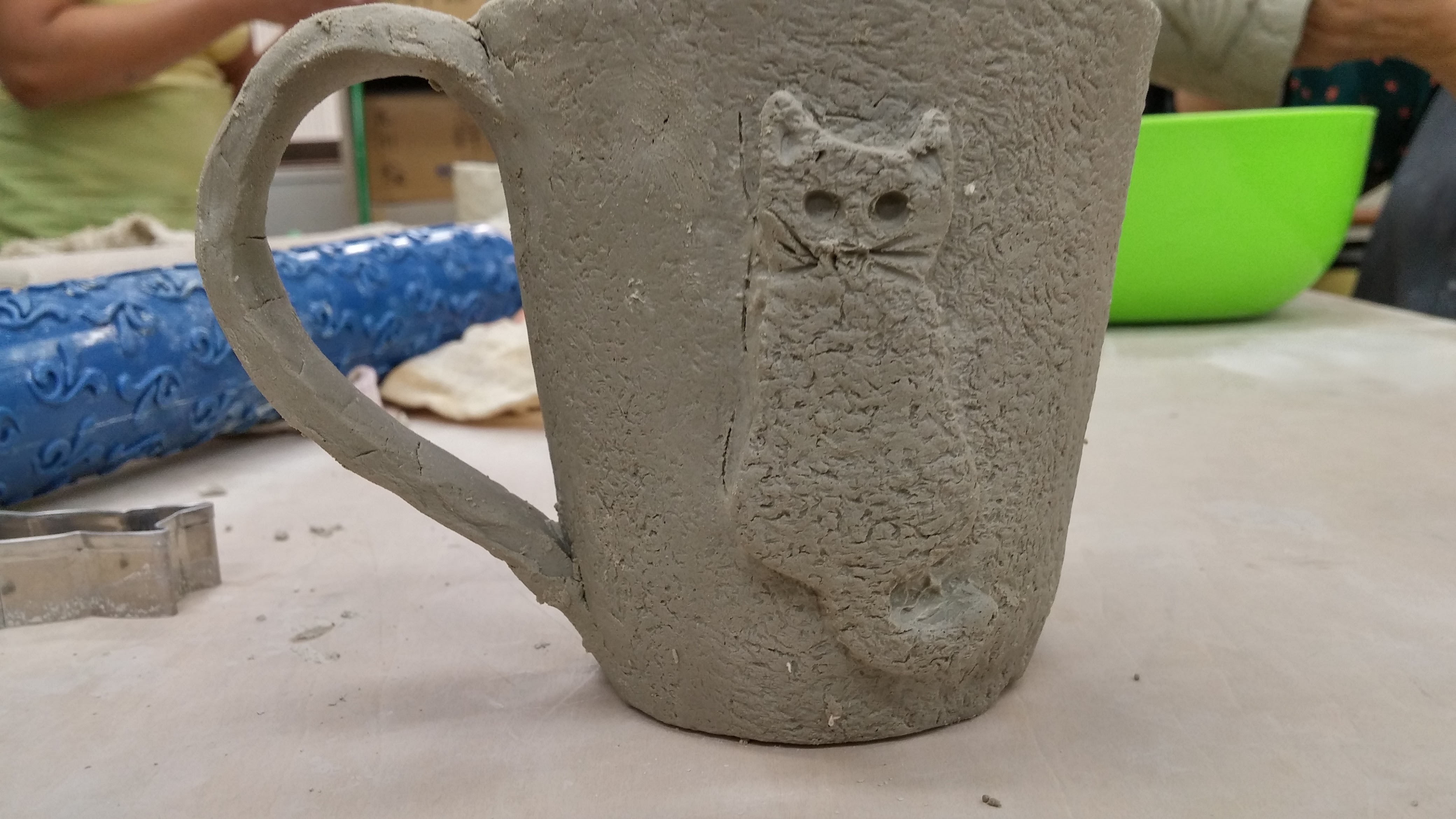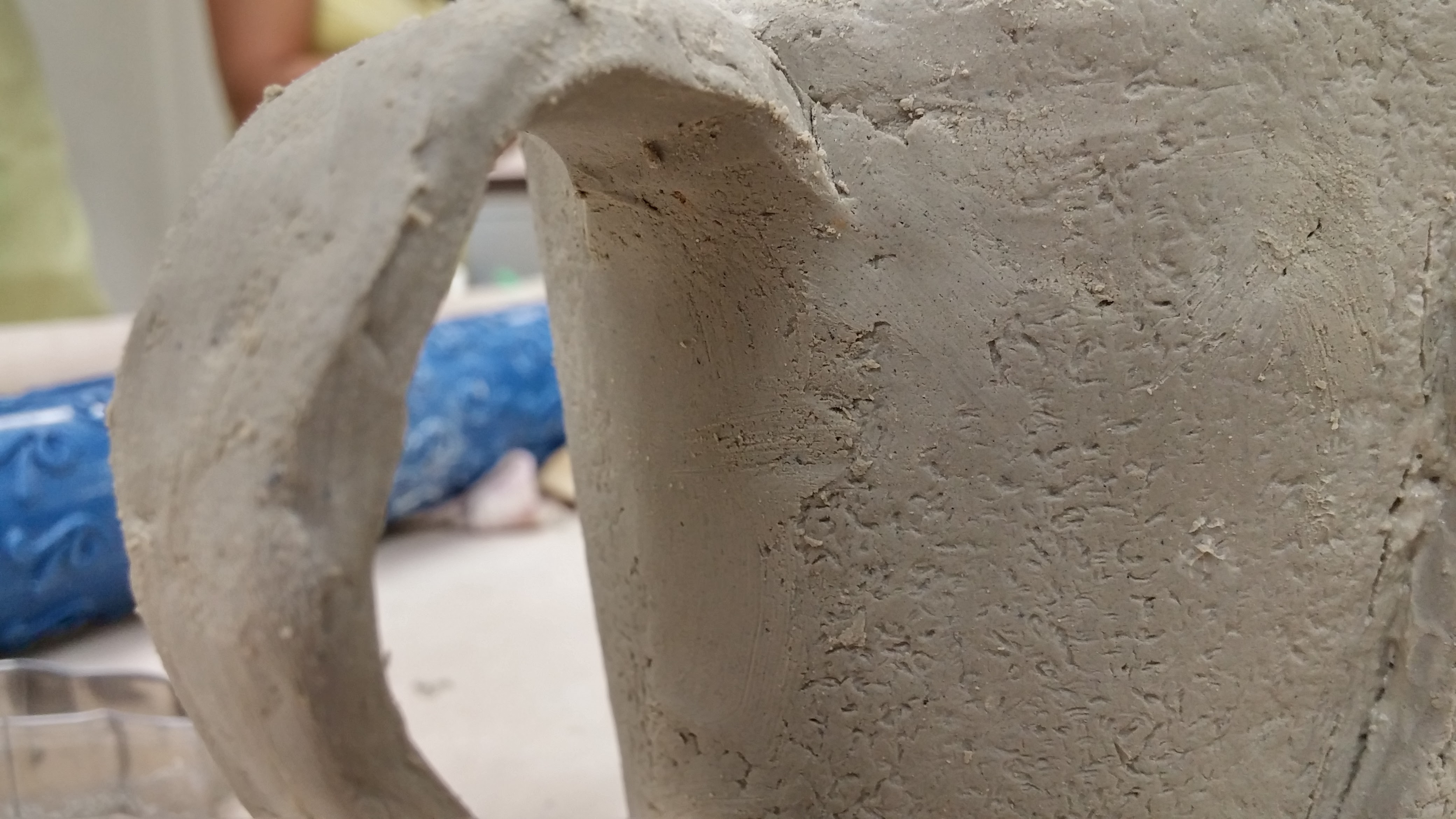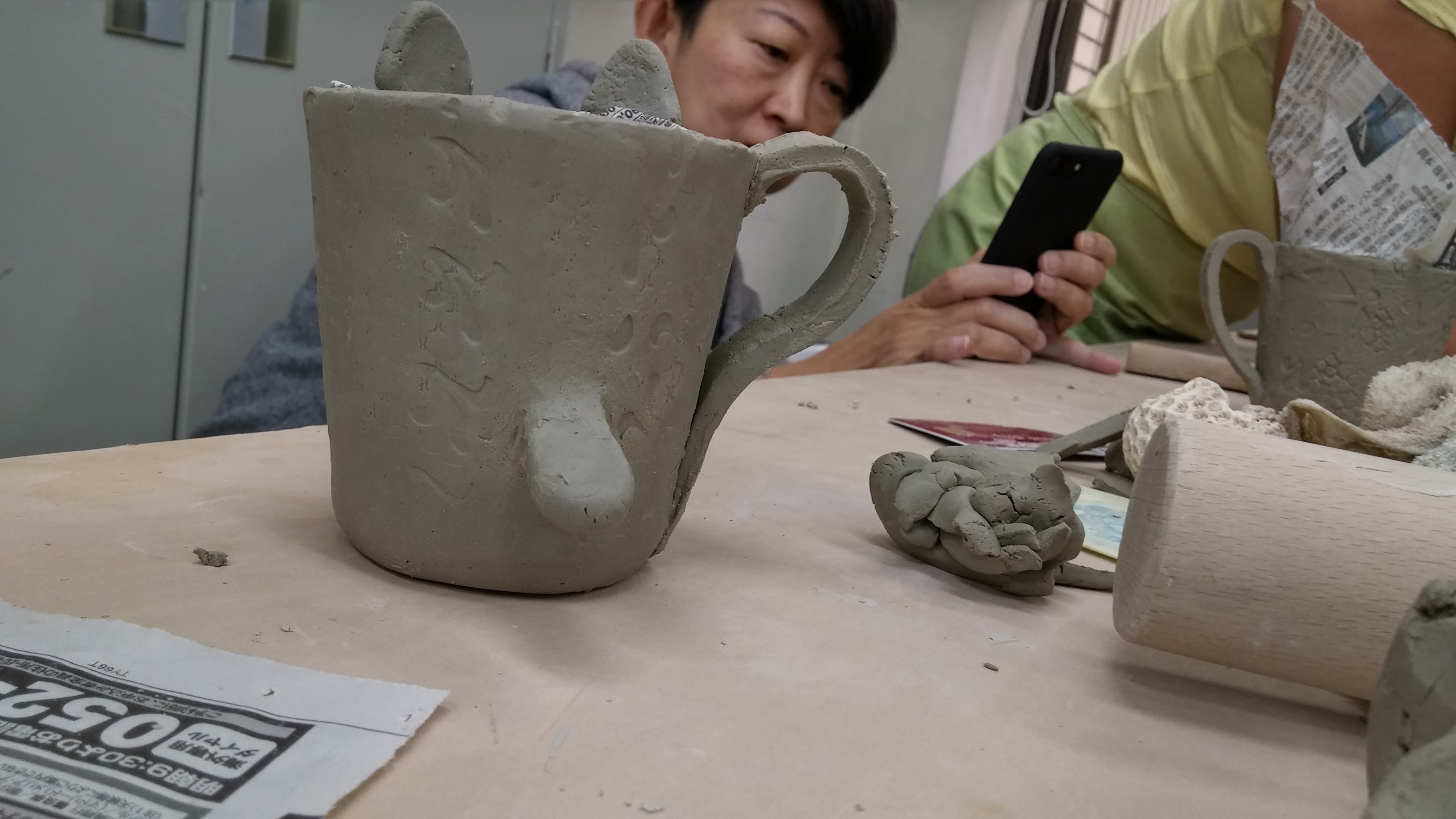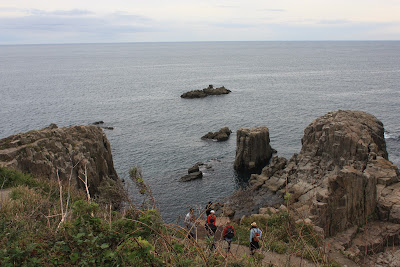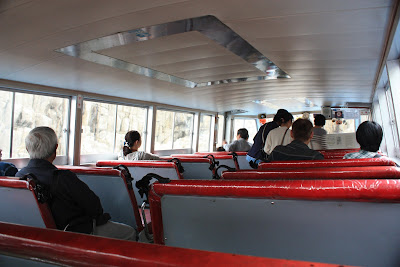On Sunday, I took a short trip to Shizuoka City (静岡市). Here is Shizuoka in relation to Okazaki. Mt. Fuji is circled in red.
I went to visit Kunozan Toshogu Shrine (久能山東照宮). First, here's some terminology. Japan has two religions that coexist rather well, and many people belong to both. They are Shinto, Japan's native religion, and Buddhism. Shinto has shrines, Buddhism has temples.
In daily life, they each perform certain functions. For instance, there are ceremonies to pray for children's health at certain ages that take place at shrines. Weddings are often at public halls, with a Christian style ceremony even though nobody involved is Christian. The other popular option for weddings is at a shrine. Funerals are usually Buddhist, although the only Japanese funeral that I've attended was a Shinto ceremony.
Shinto and Buddhism coexist so well that there is often a shrine and a temple on the same grounds. This coexistence was not always the case.
Shinto is a polytheistic religion, in which many things can have a kami (神 = spirit or deity), like mountains, really old trees, rivers, etc. Of course, people have spirits, too. Toshogu shrines are shrines where the enshrined deity is the spirit of Tokugawa Ieyasu, who unified Japan in 1600 and founded the Tokugawa shogunate which ruled Japan until 1868.
The most important Toshogu shrine is at Nikko, in Tochigi Prefecture, which I visited and blogged about when I lived in Nasukarasuyama. Kunozan is another important Toshogu shrine.
It's possible to take the Shinkansen from either Shin-Anjo or Toyohashi to Shizuoka, but I elected to take regular trains, transferring at Toyohashi and Hamamatsu.
There are two ways to get to Kunozan. The first is to take a ropeway from Nihondaira, and the other is to climb over 1,000 steps. I chose the latter! A bus brought me close to the foot of the staircase, which overlooks the Pacific Ocean. The weather was mostly clear, but it's still hot and a bit muggy.
The entrance to a shrine is a torii gate, which may be close or far from the actual shrine building. Here it is at the bottom of the steps. Torii gates are most often red, they don't have to be red.
Here's the view partway up the stairs:
There are a lot of greenhouses down there -- my guess is that they are there because there is no risk of anyone building anything to block the sun! One thing that Shizuoka Prefecture is famous for is tea.
There is a larger gate at the actual site. And more steps.
You might notice that the buildings are very ornate, compared to Zen architecture or modern Japanese minimalist architecture. This is not a site for Buddhist contemplation. One of its purposes is to reflect the power and grandeur of the Tokugawas as rulers of Japan at the time this was built.
Shinto deities find saké to be a perfectly acceptable offering. Saké is also part of a Shinto wedding ceremony.
You can buy omamori (お守り), or charms, for most aspects of life: success at studying, safe driving, career success, health for yourself and your family, finding love, general happiness, etc.
I have a book for collecting stamps from shrines -- that I actually remembered to bring with me -- so I got a stamp and calligraphy instead of a charm.
There are a lot of carvings here, similar to those at Nikko. At Nikko, you'll find the 3 "see no evil, hear no evil, say no evil" monkeys, as well as a famous sculpture of a sleeping cat. The carvings at Kunozan are not as famous, but the style is the same. These are behind glass to protect them.
I noticed the colors, because they are the traditional colors I learned about in the Japanese embroidery classes I used to take. Sailor also makes some urushi (lacquer) fountain pens in these colors.
After enjoying the shrine, I took a ropeway up to Nihondaira. The main attraction here is the view.
Yep, that's Mt. Fuji! That's definitely a good reason to choose a clear day to visit.
At this point, I was tired and hungry, and still had to get back to Okazaki. I took the bus back to Shizuoka Station.
Many restaurants will have either pictures or replicas of their menu items outside so you can decide if there is anything you want to eat. I found one in the station that had something called "Fish & Chips & Onion Ring". That looked and sounded good! But when I ordered, I found out that it's not available at lunch. So, I tried a seafood and mizuna (a leafy vegetable) pasta thing. I don't dislike many Japanese dishes, but I didn't care for this. Anyone who likes pasta more than I do (most people) might like it. I had a local beer that was pretty good, though.
I took the ordinary train back to Okazaki. On the way to Shizuoka, the trains had been the sort with seats that face front (although you can move the back to face either way). The last two were quite plush, actually, with seats that reclined a bit and footrests. Not so the trains on the way back -- these were commuter trains with seats along the inside wall, facing inward. On the way out, I had caught a "Home Liner" which was an express train that costs only a few hundred yen extra, but is much faster than the ordinary trains. That wasn't an option on the way home. These trains stopped at every single station. Luckily they weren't crowded.
